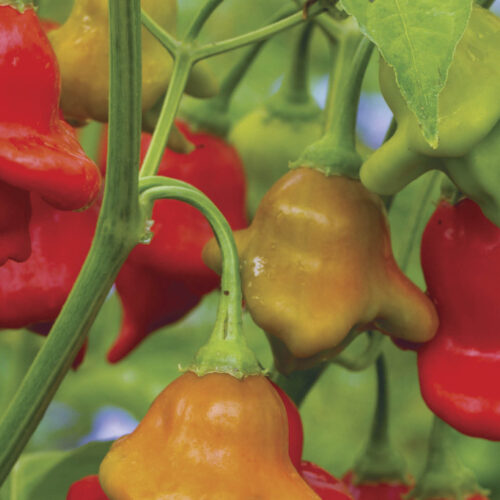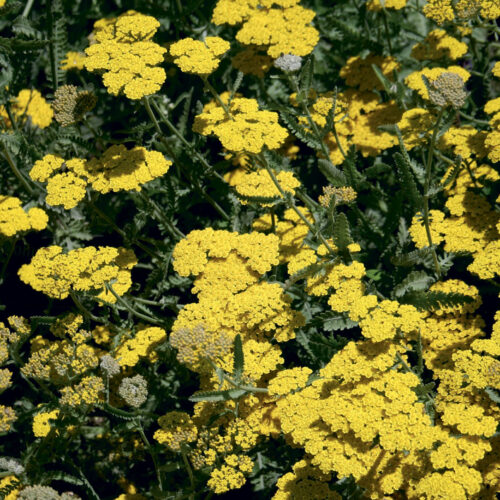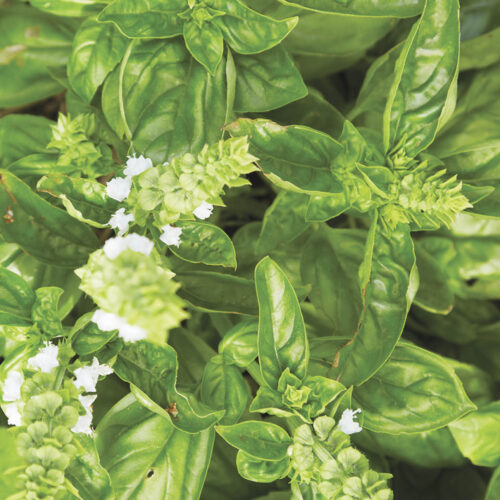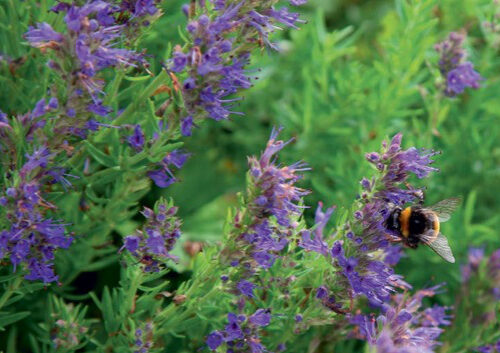Turmeric is just the tonic
2016-06-29T03:07:31+10:00
Turmeric is a cure-all plant that is easy to grow in all but the coldest regions, says PENNY WOODWARD.
Turmeric, Curcuma longa, is known in India as ‘grandmother’s herb’ because of its wide use to treat the scratches and grazes of childhood. The root of this cure-all plant is antiseptic and astringent. Turmeric is a herbaceous perennial that grows from the characteristic orange yellow rhizome with broad oblong leaves. It thrives in tropical and sub-tropical regions planted into well-drained humus-rich soils in autumn and winter. In cooler regions plant into large pots, full of composty soil and sit the pot in a sunny position where it will receive almost no water during late autumn, winter and early spring, but make sure it gets plenty of water once the weather warms up.
Turmeric is a heavy feeder so top up with compost or manures or blood and bone every few weeks once it starts vigorously growing in spring. Daughter rhizomes can be harvested any time through the growing season and used fresh. Alternatively the whole plant is dug in autumn or winter and those rhizomes not replanted either used fresh, or dried for later use. The rhizomes can also be made into pastes, added to green tea, or dried and powdered. To dry, wash, boil for about 4 hours and then removed and leave to dry in a sunny position until hard and brittle. The root is then ground to a powder and stored in well-sealed dark glass jar. I use the fresh or powdered root to treat cuts, scrapes and bruises, or I make an infusion by pouring boiling water over a teaspoon of finely chopped or powdered root for nausea, travel sickness and hangovers.
Turmeric also has an important role as an anti-inflammatory. Turmeric is being harvested in northern parts of Australia now so there are plenty of fresh turmeric rhizomes for sale. Why not buy some to use and then plant the rest. Fresh turmeric can be made into an anti-inflammatory tea by finely grating two teaspoons of fresh root. Put this into a cup and add a teaspoon of lemon juice. Pour boiling water over the top and leave to stand for about 4 minutes. Add a teaspoon of honey if you like it a bit sweeter, and drink.
You can buy fresh turmeric tubers grown in Australia and turmeric pastes made from Australian turmeric, through Australia Post’s Farmhouse Direct which connects you with Australian farmers.
– Penny Woodward
Nutritionist Anne Durham was so dismayed with what passed for fresh juice in supermarkets that she decided to start her own juice company – Prodjuice – using locally sourced fruit and veg that is cold-pressed and hand-bottled in glass with minimal waste. Cold-pressing is slow, gentle and kind, says Durham. It allows fresh produce to naturally release all the goodness locked within.
“Best consumed on rising, this Turmeric Tonic is a mega anti-inflammatory and potent antioxidant,” Durham says. “It’s liver supporting, digestion stimulating, circulation boosting, alkalising, immune strengthening and detoxifying – all before breakfast. I make a big bottle of the concentrate (without water) and have it ready to go in the fridge. When I wake I just add warm water. Come flu season, keep this recipe handy to knock a sore throat dead.”
Turmeric Tonic
15g fresh ginger
15g fresh turmeric
2 whole lemons (peel on or off)
1 pinch cayenne pepper
1 pinch black pepper
200ml warm water
juice* the ginger, turmeric & lemons.
Add black cayenne and pepper to taste (I like mine with a kick, but it’s totally up to you). Add warm (not hot or cold) water and mix.
See prodjuice.com.au
*Cold-pressing your ingredients is preferable, but conventional juicing is also fine, just make sure you juice and drink straight away if you are using a conventional juicer.






